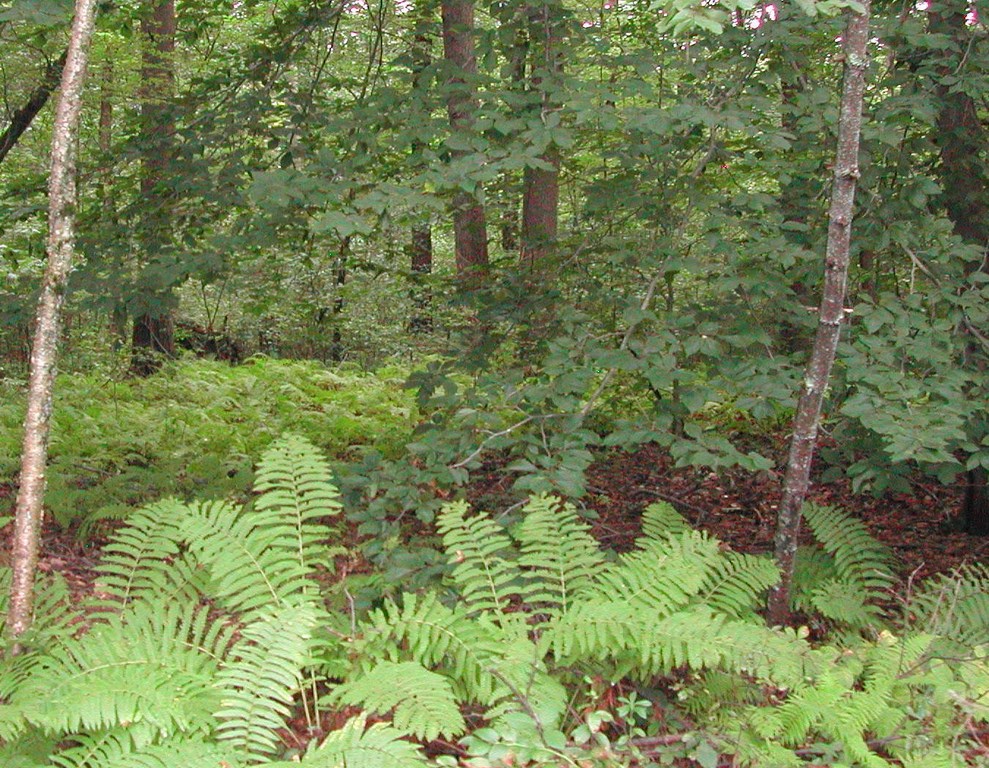THE ESSENTIAL E-NEWSLETTER FOR WATERSHAPE DESIGNERS, ENGINEERS AND BUILDERS September 24, 2014 www.watershapes.com FEATURE ARTICLE Plastering When It’s Hot? When applied under ideal conditions, plaster is a wonderfully reliable finish for pools and spas. But when temperatures rise to sufficiently high levels, says Kim Skinner, care must be taken to avoid compromising what should be […]
Tag: LandShapes
Dry-Side Adventures
 By Jim McCloskey
By Jim McCloskey
I hadn’t thought about LandShapes in years – and my suspicion is that most readers of this newsletter aren’t even aware that it existed for a glorious five-issue run between May 2006 and February 2007, by which time it was clear to me that the magazine wasn’t going to thrive.
It’s departure from the scene was a
Up on the Roof

The fact that the vast majority of our landscapes exist on the ground floor has posed a challenge as city dwelling has become more popular: Relatively few urbanites are lucky enough to have ground-floor garden spaces to work with, but that in no way diminishes their desire to include garden spaces as components of their upper-floor environments.
Even without land for plants, people still want to come home to attractive gardens at day’s end. Although the first roof gardens date back to the Hanging Gardens of Babylon, city dwellers with only rooftop and balcony spaces at their disposal have been forced to get innovative, developing creative and sometimes highly unusual solutions.
Hence the emergence of “roof gardens,” which often combine spectacular distant views and dramatic cityscapes with creative hardscape and planting treatments – works of art that expand livable space as well as the
Retaining Wall ABCs
 By Bruce Zaretsky
By Bruce Zaretsky
If you’ve been involved in major construction projects – initial work or renovations – chances are good that you’ve come across the need for retaining walls.
In many cases, even the simple leveling of a site will require some type of retaining structure to hold back the soil – whether you’re cutting fill out and need to support the slope that remains or filling an area and need to keep the new material from washing away.
No matter what site we’re talking about, retaining walls have one purpose: to hold something back. Whether you need to terrace a sloped yard, hold up a parking lot or
Workable Gardens
 By Ryan Dawson
By Ryan Dawson
It’s a plain fact: Few designers weigh maintenance as heavily as other elements of a design when creating gardens for their clients.
Most will routinely ask whether the client wants a low-maintenance environment or one that requires a little more work and may yield a greater abundance of flowers or other desirable features, but the consideration typically ends there. And this is so despite the fact that by leaving maintenance out at the design level, landshapers often doom themselves to
Ignoring Instincts
 By Tim Thoelecke Jr.
By Tim Thoelecke Jr.
Lots of us landshapers hear voices.
The longer we’re around, the clearer those voices become and the more we trust them. “Don’t take this job,” they’ll say. “You can’t make this look good. Do you really want to be known for this project?”
For the most part, these internal voices perform a valuable service in keeping us out of harm’s way. Every once in a while, however, I find myself
Native Inclinations
 By Judy Nauseef
By Judy Nauseef
As an extension of my landshaping work in Iowa, I currently serve on a committee formed not long ago by the Johnson County Heritage Trust. Our mission is simple but immense: to preserve as much of the natural environment as possible.
The committee was formed in response to development of a new subdivision in a high-quality oak/hickory forest in which relatively few invasive species had gained footholds. Our immediate task was to compile a list of acceptable plants for this community as well a list for the whole county.
Of course, this story is much larger than
Borrowed Views
By Melanie Mackenzie
From the moment I set foot on this site perched on the bluffs at Del Mar, Calif., I just knew I would be the designer chosen to develop the garden: I was energized simply by being there and, more important, was at ease with the owners from the start.
Immediately noticeable was the way the whole property sloped down from street level to the top of
In the Wild Places
 By Maria von Brincken
By Maria von Brincken
It was an unusual time to be thinking about work, but there I was on a late-August morning, and Peak’s Island off the coast of Maine was in glorious summer form. Small enough to walk around in an hour or so, the island is filled with delightful, charming summer cottages – not a “McMansion” in sight.
In the early light, my thoughts had been silenced as I savored the beauty of the coastal wetlands and meadows filled with wildflowers, grasses and sedge. I was totally absorbed by the
Valuing Time
 By Bruce Zaretsky
By Bruce Zaretsky
We landshapers can and should attach a dollar figure to our knowledge, experience and integrity. That’s a lesson I had to learn the hard way.
About fifteen years ago, I was in need of a new dump truck for my growing business. I wasn’t rich, so I decided to buy a used vehicle and found one in the local truck-trader newspaper. After looking at the truck with my trusty mechanic, I made an offer to my fellow landscape contractor, and he accepted.
As we entered his office to complete the necessary paperwork, I came face-to-face with a landscape plan that looked very familiar: It was one I had drawn for potential clients. In fact, it was the colored plan I had presented to them only a few weeks earlier. I felt violated: That was my plan sitting on his desk.
I asked him where he’d gotten it – an obvious and unnecessary question – and he told me that